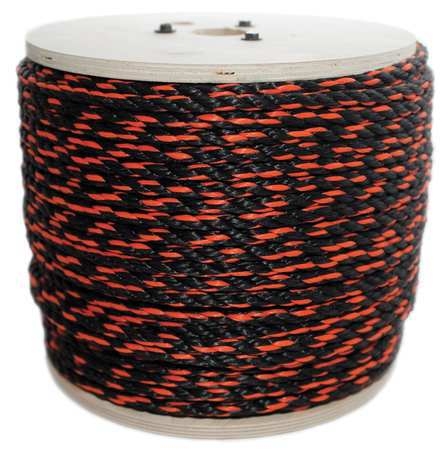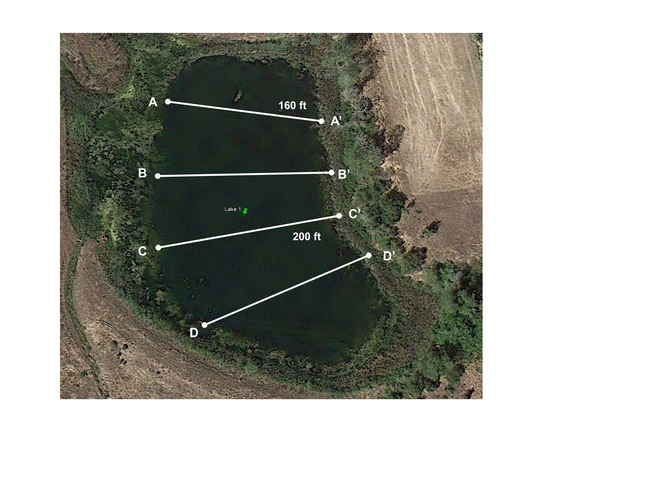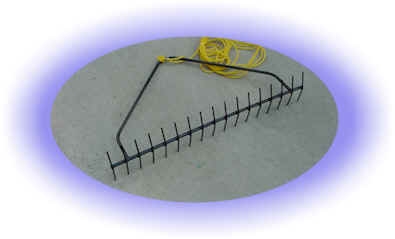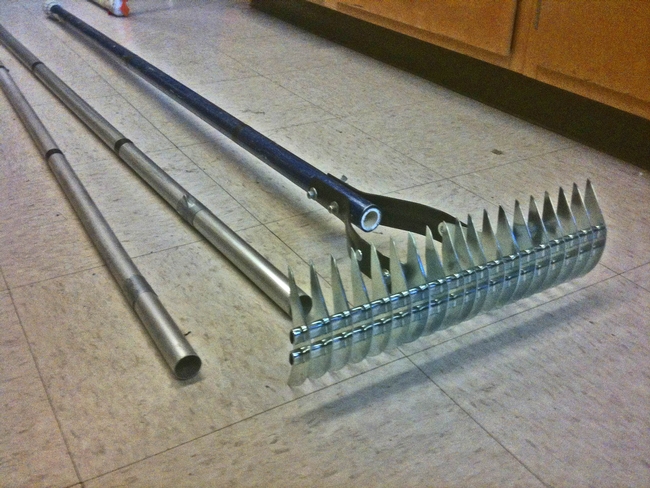Jul 8, 2013
Joe DiTomaso and I are supposed to monitor the effectiveness of a hydrilla treatment in a pond near Marysville. I usually work on rangeland, where things stay put - the plants don't float away, and the equipment doesn't sink out of sight. How are we going to do this?
- We'll set T-posts at A, A', B, B', etc. so that we have as many permanent transects as we want. It's OK to set the posts on dry land, outside of the willows and cattail.

- When we're sampling, we run this cheap polypropylene rope (it floats) between A and A'. We have nylon twine tied at every 2 meters, with red flagging at every 10 meters.
- Now we can haul along the rope from one side of the pond to the other, pulling up samples with our aquatic plant rake.
- Instead of buying a two-sided specialty rake like this
we mounted a thatch rake to a 4.5-meter telescoping pole. The black tape marks indicate 0.5-m intervals to help us estimate depth at each sampling point.
- This should let us take point samples for hydrilla at regular intervals over the pond, and we can come back in a few months and sample the same points again. We're going to need a bigger boat...



